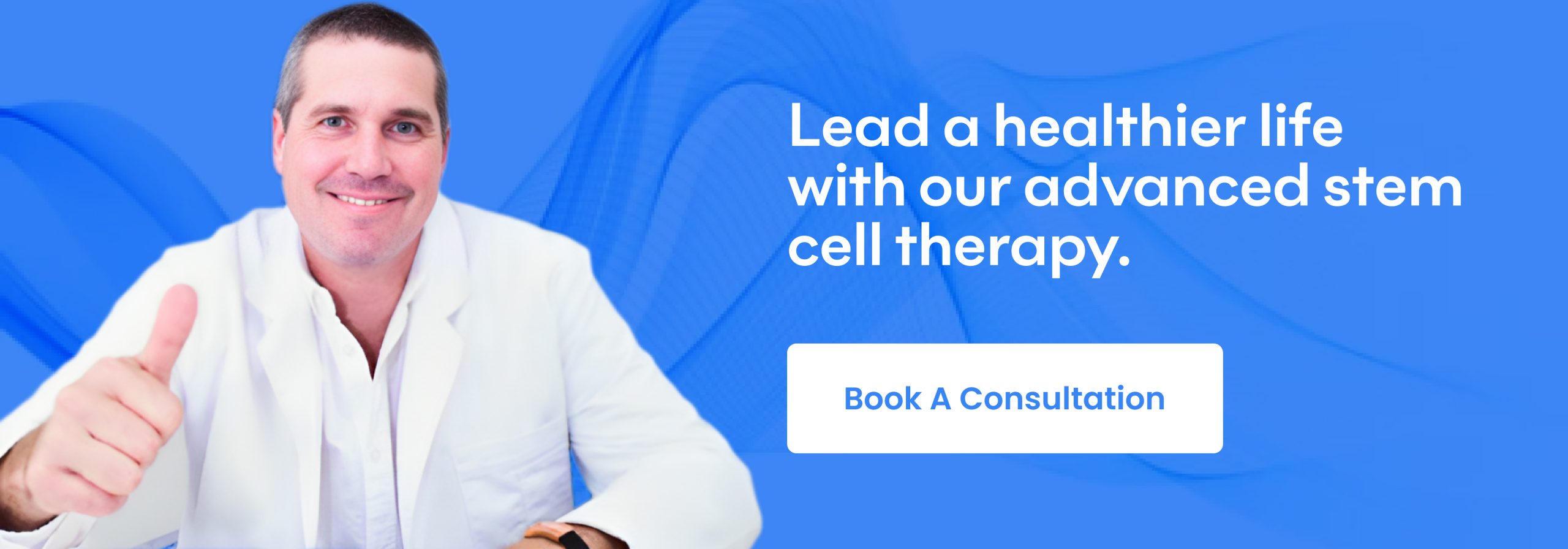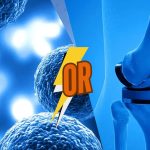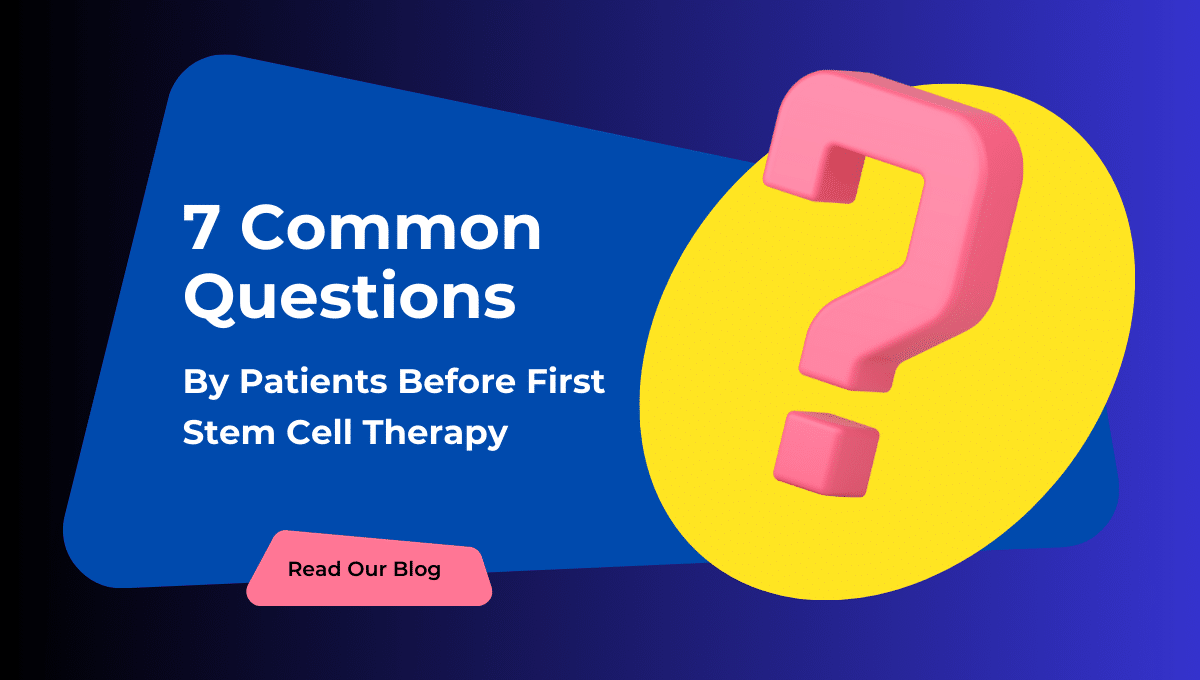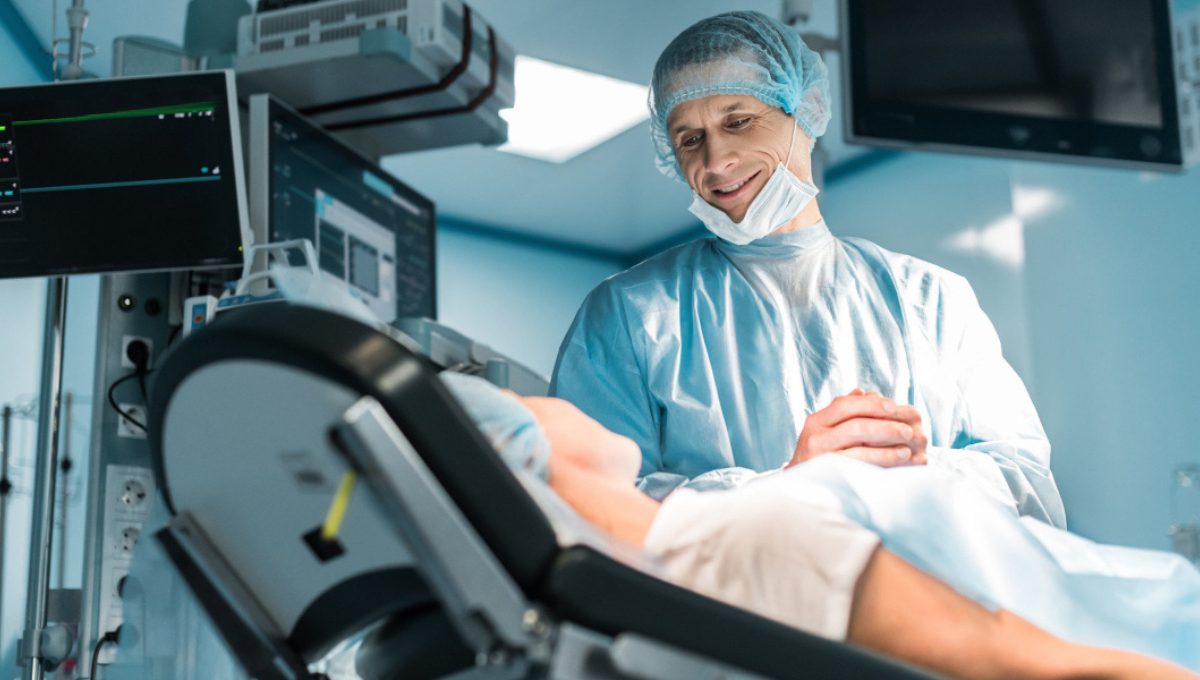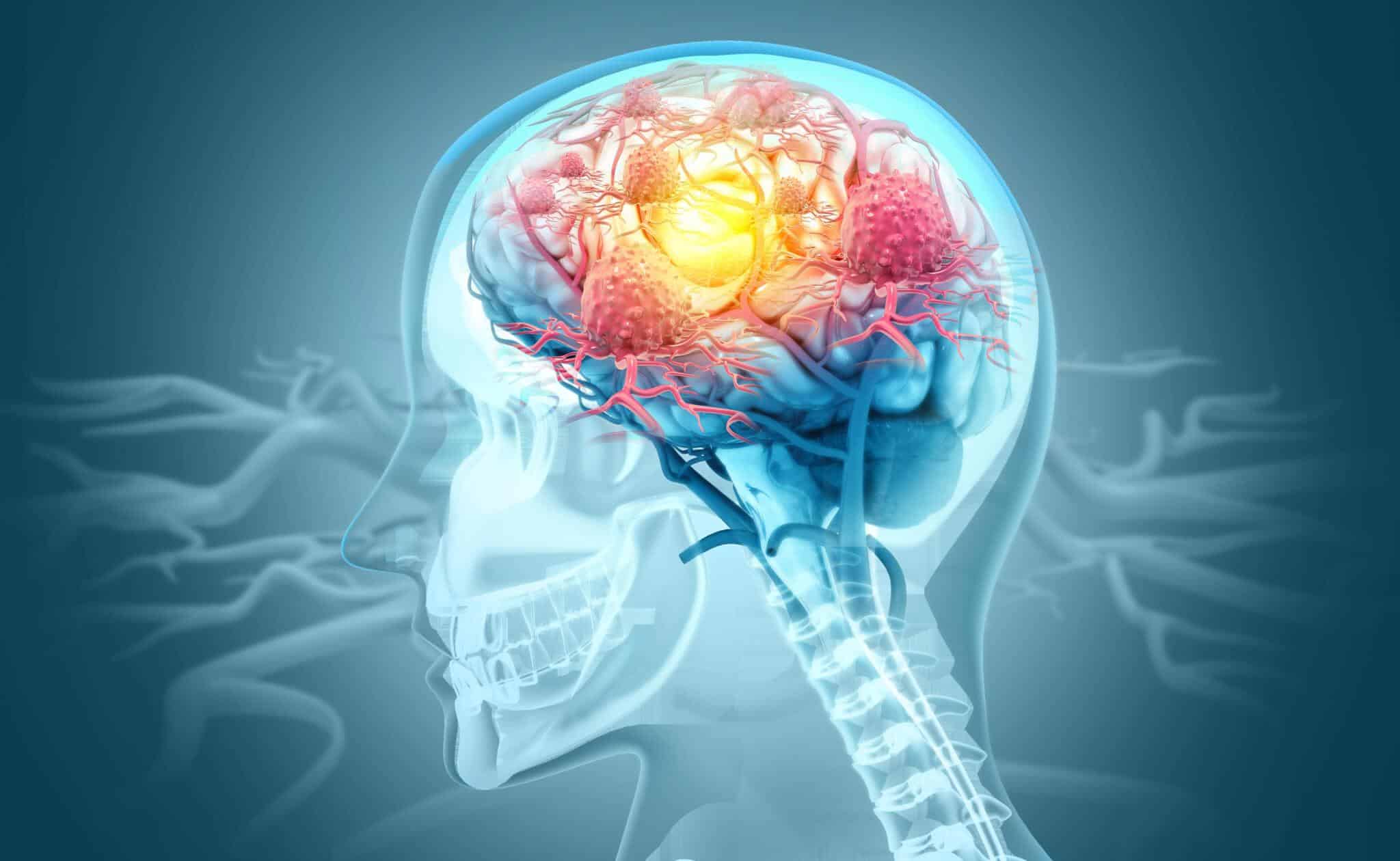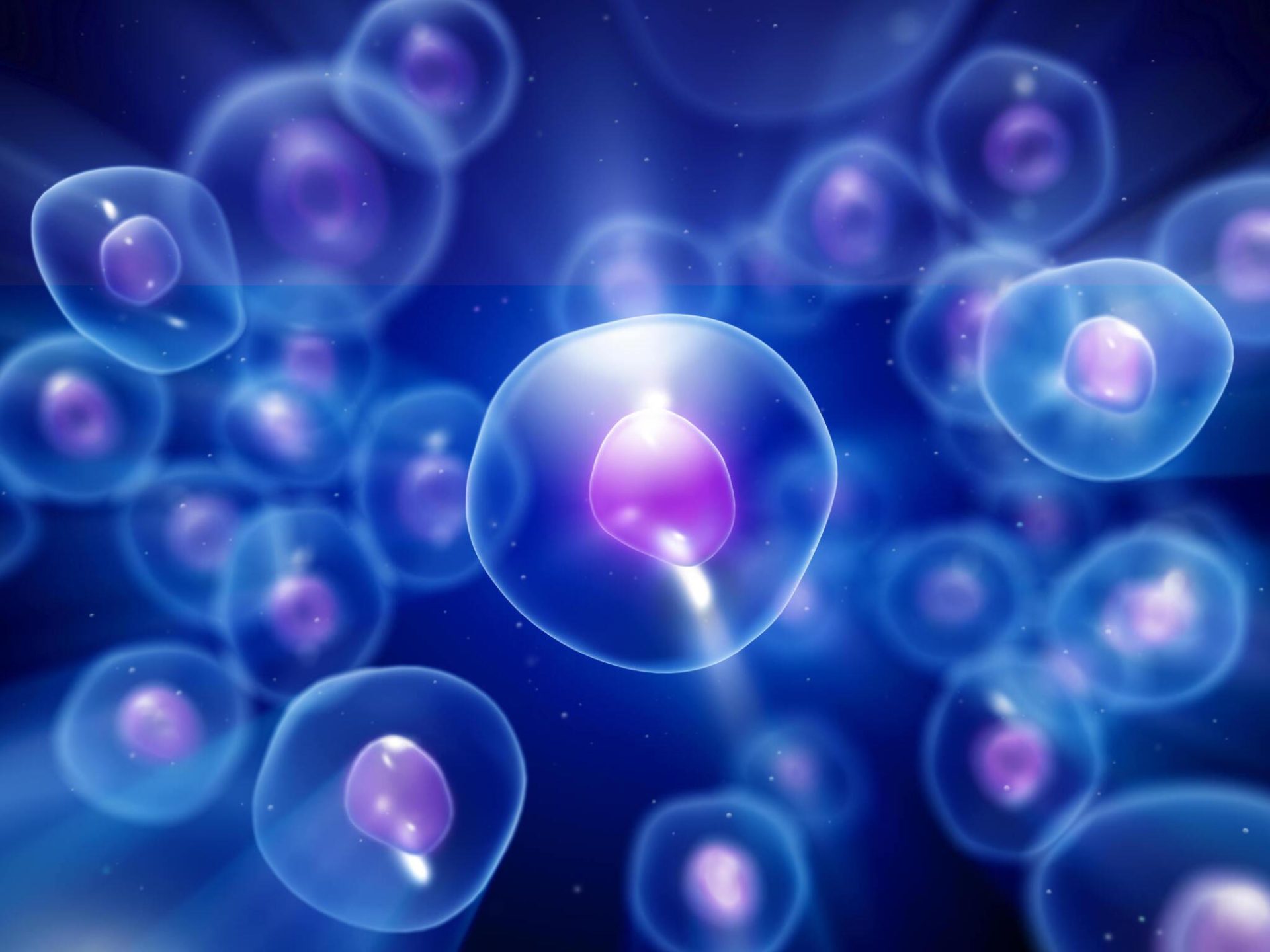- Home
- About Us
- Book Appointment
- Treatments
- Alzheimer’s Disease
- Anti-Aging
- Autism
- Autoimmune Disorders
- Back Pain
- COPD
- Crohns Disease And Ulcerative Colitis
- Erectile dysfunction and Penis enlargement
- Fibromyalgia
- Hip Pain
- Knee Pain
- Lupus
- Lyme Disease
- Multiple Sclerosis
- Muscular dystrophy
- Parkinsons Disease
- Peripheral And Diabetic Neuropathy
- Post Cancer Treatments
- Post Stroke Recovery
- Psoriasis
- Rheumatoid Arthritis
- Shoulder Pain
- Join The Club
- Aesthetics
- Blog
- Contact Us
Stem cell therapy has emerged as a groundbreaking alternative to traditional invasive surgeries. By harnessing the body’s natural healing capabilities, this innovative treatment offers numerous benefits, including reduced recovery times, minimized risks, and enhanced outcomes. The Life Altering Stem Cell Therapy Institute, an American-owned and operated facility, is at the forefront of this medical revolution, utilizing mesenchymal stem cells (MSCs) derived from Wharton’s Jelly in the umbilical cord. This article explores how stem cells are used instead of invasive surgery, the follow-up process, and the outcomes associated with this advanced treatment.
The Promise of Stem Cell Therapy
Stem cell therapy represents a paradigm shift in medical treatment. Unlike traditional surgeries, which often involve significant incisions, prolonged recovery periods, and potential complications, stem cell therapy is minimally invasive. The treatment involves the administration of stem cells to damaged tissues, where they stimulate repair and regeneration. This approach not only reduces the need for extensive surgical procedures but also promotes faster healing and improved overall health.
[Read more: Transforming Rheumatoid Arthritis Treatment with Stem Cell Therapy]
How Stem Cells Work
Stem cells are unique in their ability to differentiate into various cell types, making them ideal for repairing damaged tissues. Mesenchymal stem cells (MSCs), particularly those derived from Wharton’s Jelly in the umbilical cord, are known for their regenerative properties. These cells can transform into bone, cartilage, muscle, and other tissue types, making them highly versatile in medical applications.
Applications of Stem Cell Therapy
Stem cell therapy has a wide range of applications, effectively treating conditions that traditionally required invasive surgeries. Some of the key areas include:
- Orthopedic Conditions: Stem cell therapy is highly effective in treating joint injuries, osteoarthritis, and chronic pain. MSCs can regenerate cartilage and bone tissue, offering relief and improved mobility without the need for joint replacement surgery.
- Neurological Disorders: For conditions such as Parkinson’s disease, multiple sclerosis, and stroke recovery, stem cells provide hope by repairing neural damage and restoring function.
- Cardiovascular Diseases: Stem cell therapy can aid in the regeneration of heart tissue after a heart attack, improving heart function and reducing the need for invasive cardiac procedures.
- Autoimmune Diseases: MSCs modulate the immune system, making them effective in treating autoimmune conditions like rheumatoid arthritis, lupus, and Crohn’s disease.
- Cosmetic and Anti-Aging Treatments: Stem cell therapy is also gaining popularity for its anti-aging benefits, rejuvenating the skin and reducing the appearance of wrinkles and scars.
Procedure of Stem Cell Therapy
The procedure for stem cell therapy is straightforward and minimally invasive. It involves the following steps:
- Consultation and Evaluation: Patients undergo a thorough evaluation to determine their eligibility for stem cell therapy. This includes medical history, diagnostic tests, and imaging studies.
- Stem Cell Harvesting: At the Life Altering Stem Cell Therapy Institute, MSCs are sourced from Wharton’s Jelly in the umbilical cord. This non-invasive method ensures a high yield of potent stem cells.
- Cell Preparation: The harvested stem cells are processed and prepared for administration. This step ensures that the cells are viable and ready to promote healing.
- Injection or Infusion: Depending on the condition being treated, stem cells are either injected directly into the affected area or administered through an intravenous infusion.
- Post-Treatment Care: Patients receive detailed post-treatment care instructions to optimize recovery and maximize the benefits of the therapy.
Follow-Up and Outcomes
Stem cell therapy is renowned for its positive outcomes and reduced recovery times compared to invasive surgeries. The follow-up process is critical to ensure the success of the treatment and involves several stages:
- Immediate Post-Treatment: Patients are monitored for a short period after the procedure to ensure there are no immediate adverse reactions. Most patients experience minimal discomfort and can resume normal activities within a few days.
- Short-Term Follow-Up: Over the next few weeks, patients typically attend follow-up appointments to assess the progress of healing. During these visits, doctors may use imaging studies to evaluate tissue regeneration and address any concerns.
- Long-Term Follow-Up: Long-term follow-up appointments are scheduled to monitor the ongoing effects of the therapy. These visits help track the sustained benefits of the treatment and ensure that the patient maintains optimal health.
Success Rates and Patient Satisfaction
The success rates of stem cell therapy are highly encouraging. Studies have shown that patients experience significant improvements in pain relief, mobility, and overall quality of life. For example, a study published in the Journal of Clinical Orthopaedics and Trauma reported that 85% of patients with osteoarthritis experienced substantial pain relief and improved joint function following stem cell therapy.
Moreover, patient satisfaction is exceptionally high. Many individuals who have undergone stem cell therapy express gratitude for the minimal downtime and the ability to avoid the risks and complications associated with invasive surgeries. Testimonials from patients at the Life Altering Stem Cell Therapy Institute highlight the life-changing benefits of this treatment.
Conclusion
Stem cell therapy is transforming the landscape of modern medicine, offering a viable alternative to invasive surgeries. With its ability to harness the body’s natural healing mechanisms, this treatment provides numerous advantages, including reduced recovery times, fewer risks, and improved outcomes. The Life Altering Stem Cell Therapy Institute, with its focus on using mesenchymal stem cells derived from Wharton’s Jelly, is leading the way in delivering these cutting-edge therapies.
As the medical community continues to explore the full potential of stem cells, the future looks promising. Patients suffering from a variety of conditions now have hope for a less invasive and more effective treatment option. Whether dealing with orthopedic injuries, neurological disorders, cardiovascular diseases, or autoimmune conditions, stem cell therapy offers a path to healing and improved health without the need for invasive surgery. The journey to better health starts with understanding the transformative power of stem cells and embracing this innovative approach to medicine.
